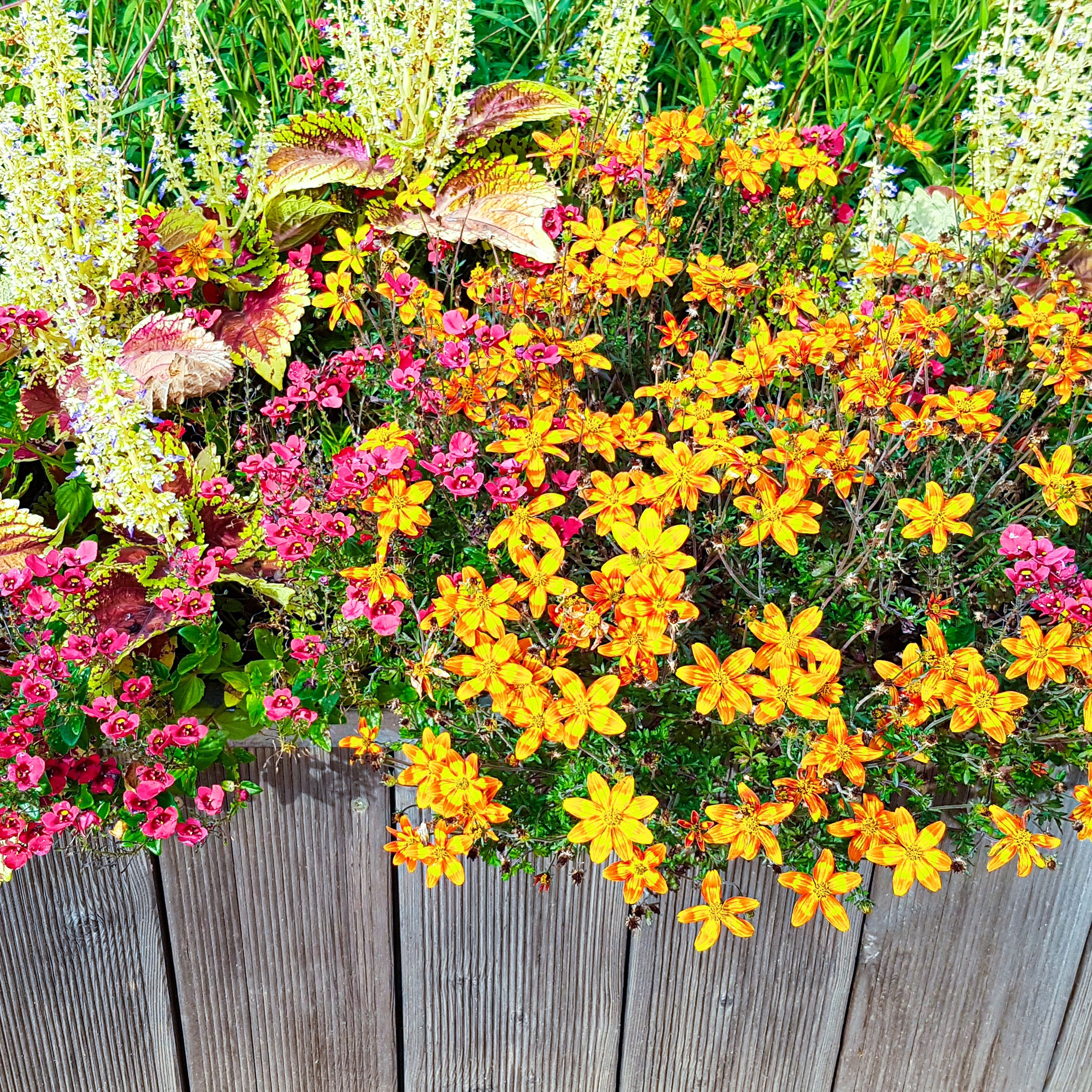Need Floral Inspiration For Your Raised Bed? Try These Raised Flower Bed Ideas
Were you thinking raised beds were purely the domain of exciting edible gardening? Prepare to be dazzled, as we reveal the best raised flower bed ideas to try
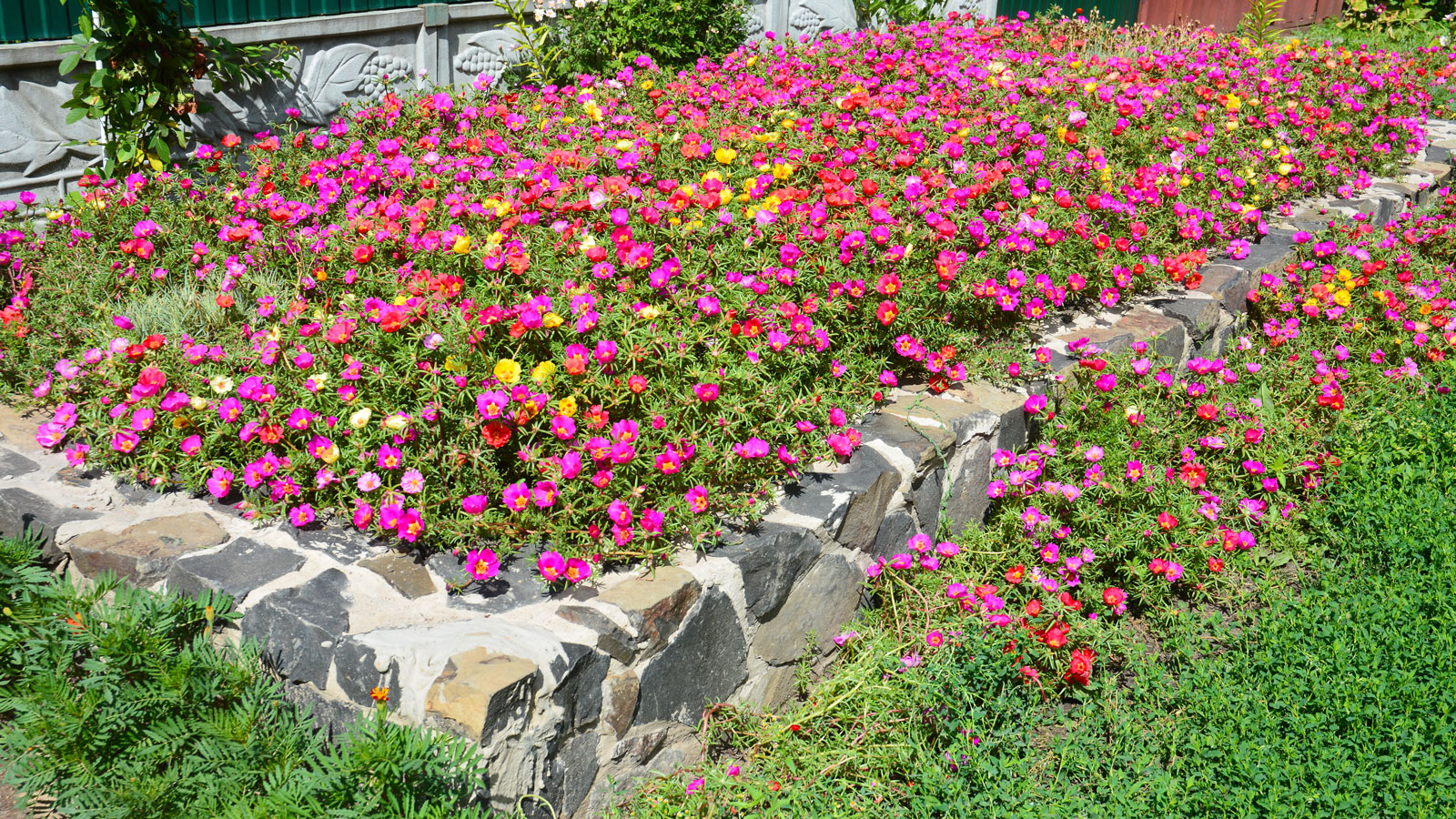

There are a lot of benefits to growing plants in raised beds: better soil, good drainage, and ease of use, to name a few. While many people immediately associate good raised garden bed ideas with growing vegetables, they are also ideal for many flowers. The best raised flower bed ideas will be compatible with their unique growing conditions and flourish with their confined growth and soil requirements.
Most plants grow well in a raised bed – just keep in mind that raised beds generally drain well. So you might have less joy with flowering plants that need consistently moist soil, or even standing water. To take the hassle out of picking floral displays with real staying power, try these seven plant ideas for a raised flower bed.
Choosing the Best Plants for Your Raised Flower Bed Ideas
When looking through backyard raised flower bed ideas, strike a balance between flowers you like and those that will grow well in the conditions you can provide. There is no sense growing a beautiful plant you love if it wont thrive in your local conditions.
It's also a good idea to choose a variety of bloom times. Select and mix plants that flower in spring, summer and into fall, to enjoy blooms throughout the entire growing season. Consider choosing plants that are good for cut flowers, so you can enjoy them indoors, too. These seven ideas for raised flower beds will help provide months of color and interest.
1. Zinnias
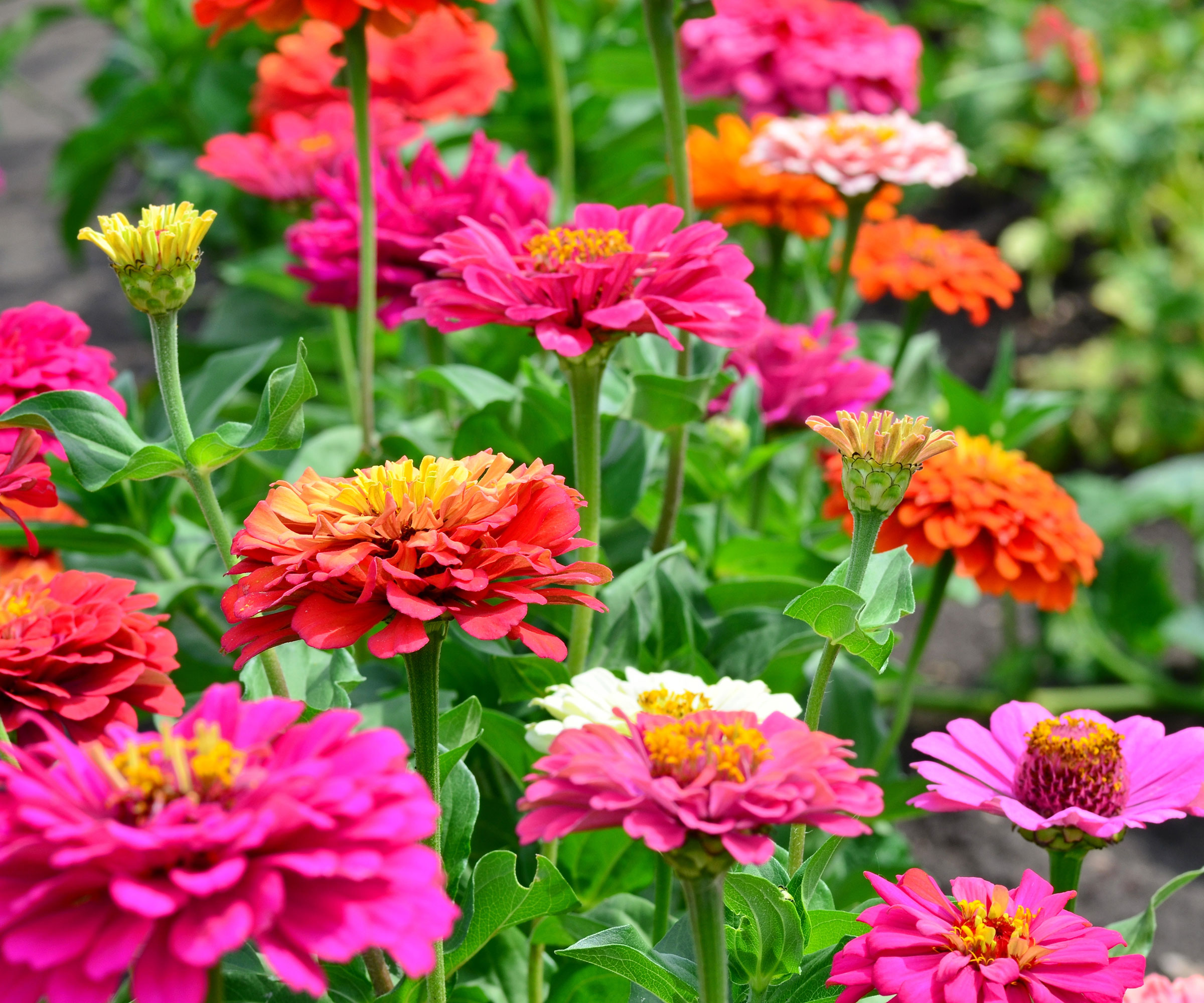
Zinnias (Zinnia elegans) are cheerful annuals that grow well in USDA zones 2-11. They come in a bold range of colors and bloom from June through the first frost of fall. It’s quite easy to grow zinnias in a raised bed as long as you can support them as they grow. They also make good cut flowers for arrangements. Good zinnia cultivars for raised beds include Uproar Rose, Sunbow Mix and Zindarella.
2. Dahlias
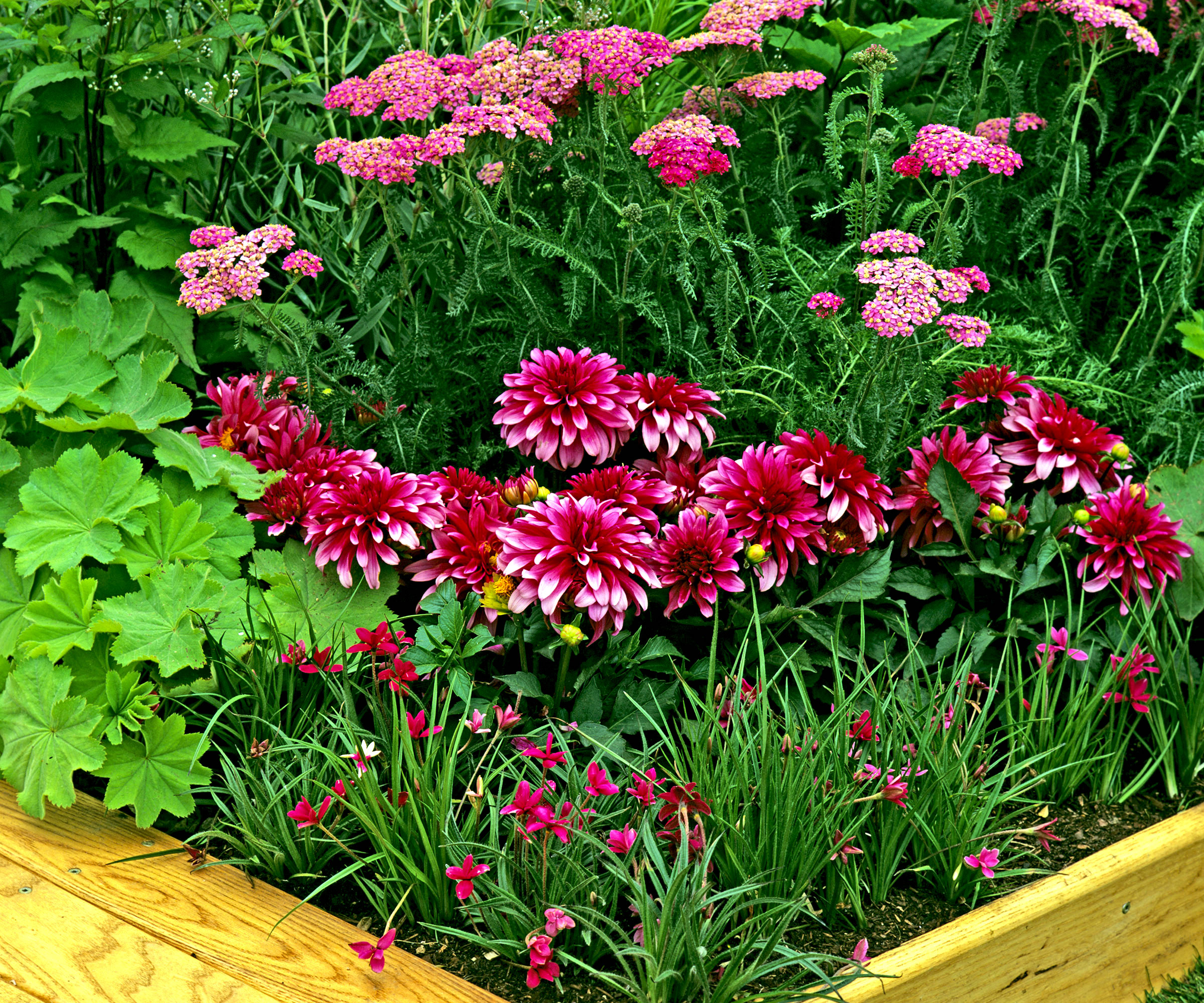
Another excellent choice for raised bed cut flowers is the showy dahlia (Dahlia spp.). This Mexico native is hardy in USDA zones 8 through 10. In colder zones, you can dig up the tubers to store them over winter. Enjoy colorful dahlia blooms from July through September. You can choose from many different varieties of dahlia, so choose the varieties that work best in your bed.
3. Peonies
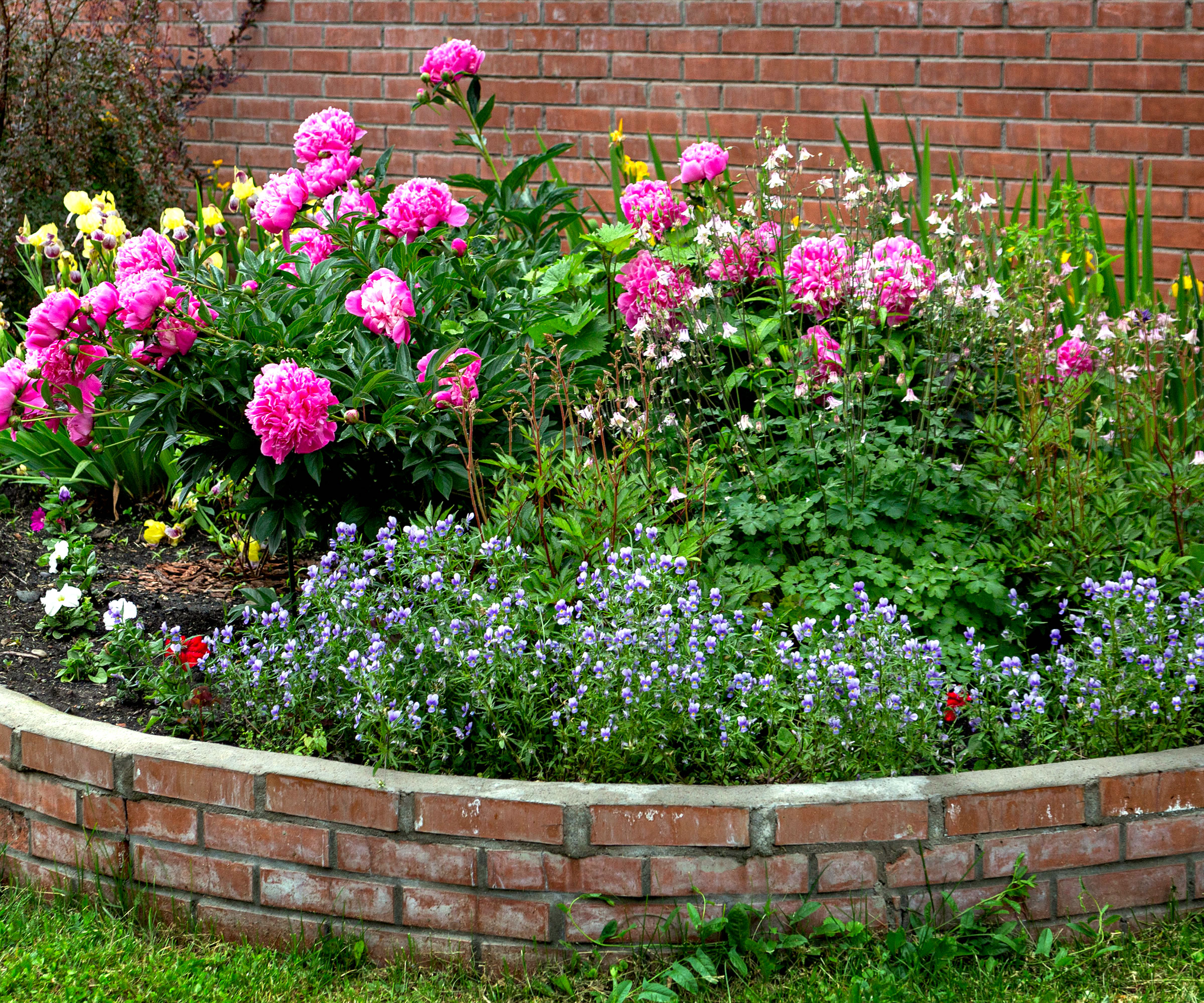
Peony (Paeonia lactiflora) is a striking, large-bloomed perennial flower which is hardy in USDA zones 3-8. With the right peony care, these flowers will do extremely well in a raised bed positioned in full sun or partial shade. Peonies bloom in mid-spring for a brief but memorable display. Some of the most striking types of peonies include Sarah Bernhardt, Coral Sunset and Bowl of Cream.
Gardening tips, videos, info and more delivered right to your inbox!
Sign up for the Gardening Know How newsletter today and receive a free copy of our e-book "How to Grow Delicious Tomatoes".
4. Coral Bells
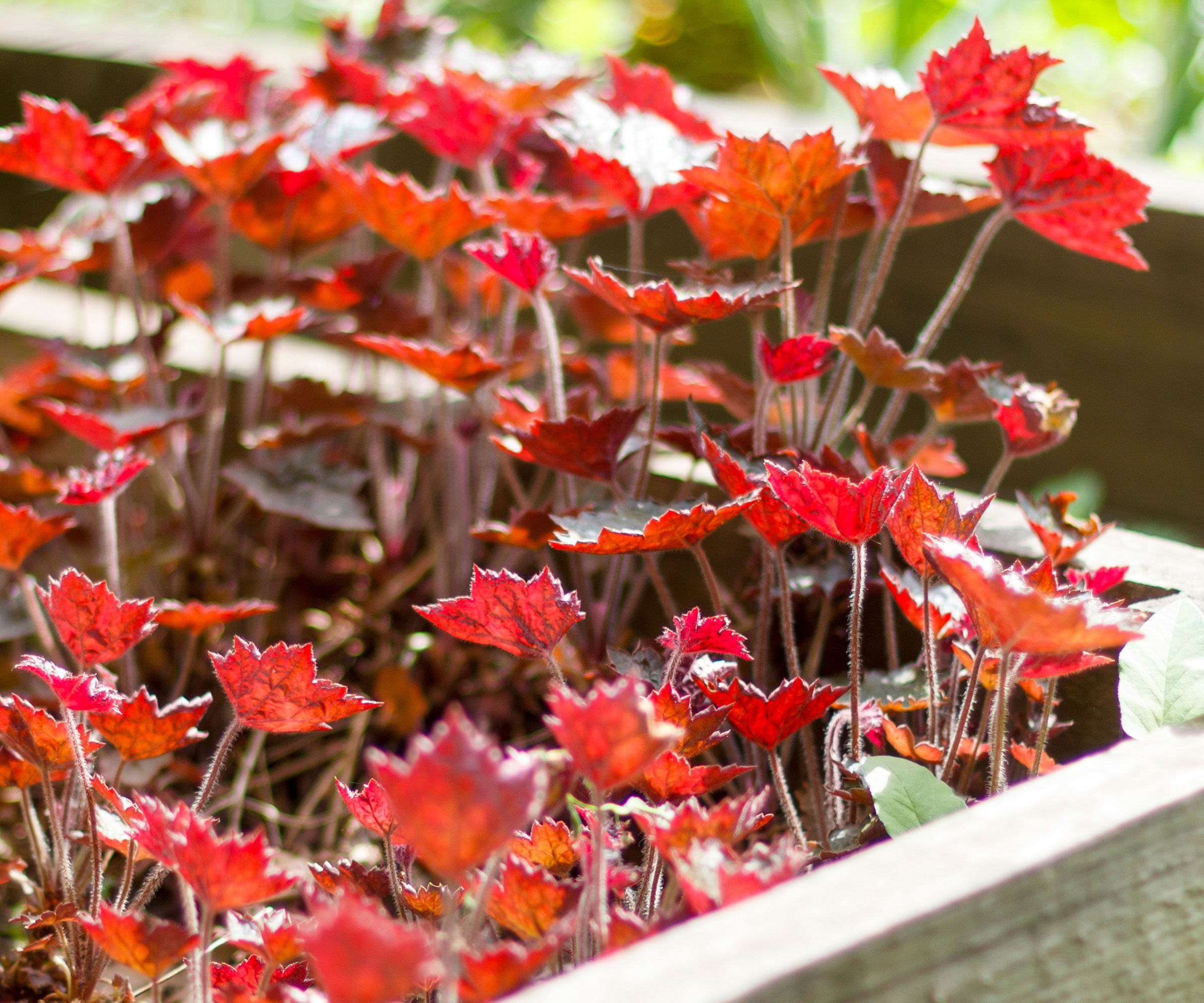
Coral bells (Heuchera sanguinea) thrive in the well-drained soil of raised beds. Anyone growing coral bells will find they also tolerate a certain measure of shade. They bloom in summer and are hardy perennials in USDA zones 4 through 9. Coral bells have pretty flowers, but they are also appreciated for their striking foliage in a range of tones and hues. Try Electric Plum, Lemon Love or Caramel.
5. Hostas
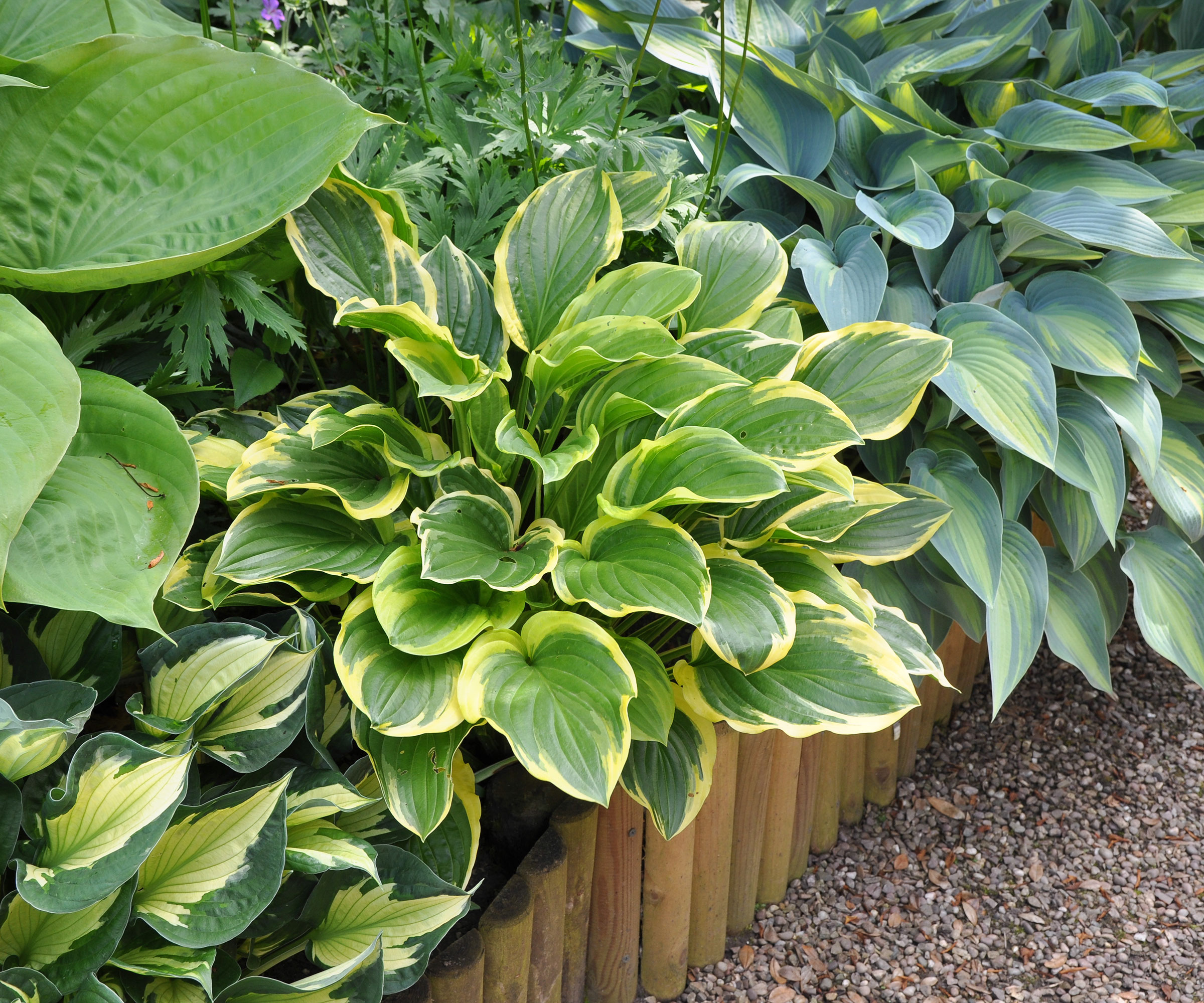
Hosta (Hosta spp.) is a favorite perennial of many gardeners, thanks to its resilient nature and capacity for dynamic foliage. You can grow hosta readily in shady or partially shaded raised beds. You can find numerous types of hosta plants in different sizes and colors. Their delicate, bell-shaped flowers bloom in mid to late summer.
6. Cornflowers
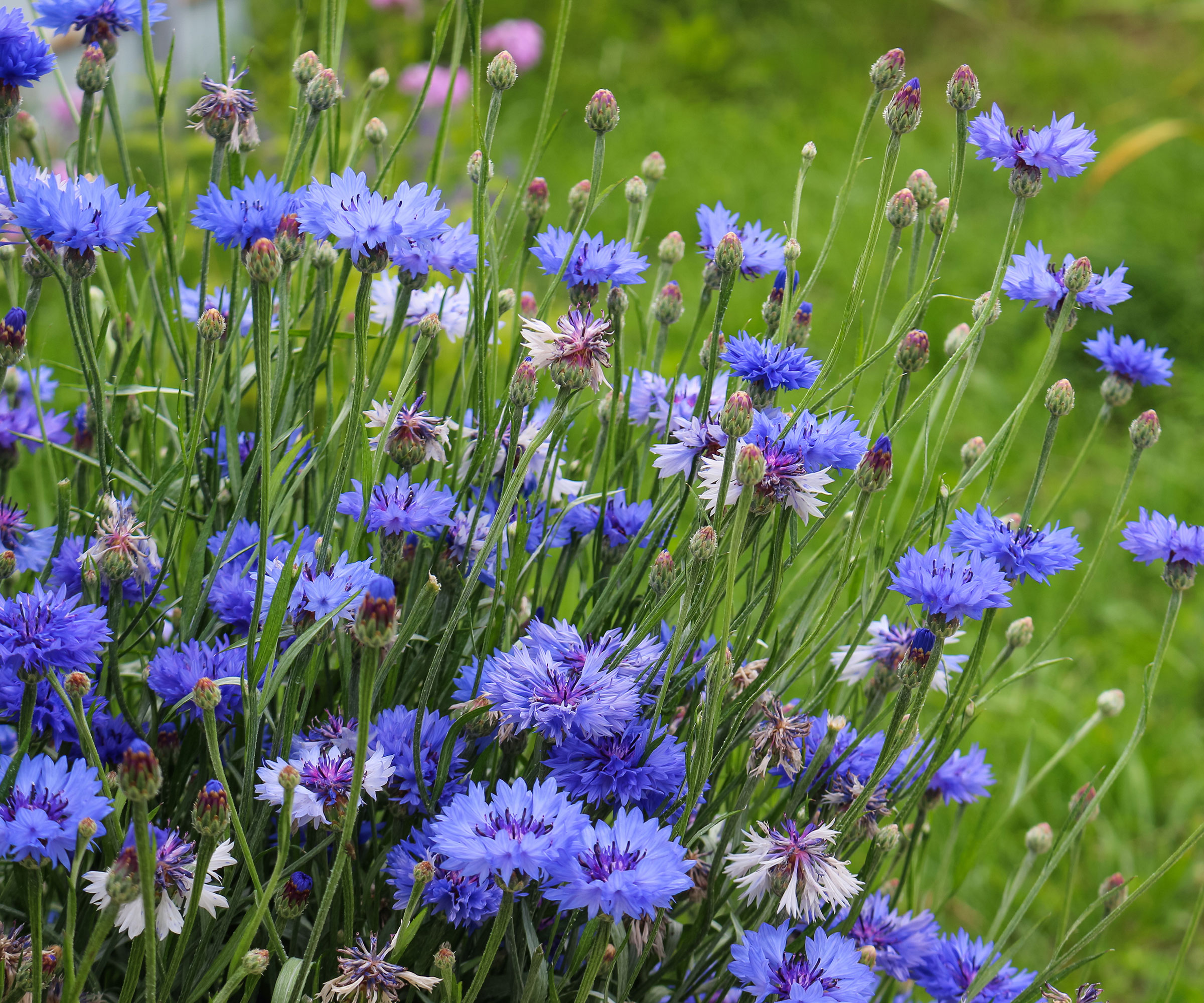
Anyone growing bachelor buttons, also known as cornflowers (Centaurea cyanus), will quickly fall in love with their distinctive deep blue color. They are ideal for mixing with other flower types in a raised bed. This pretty annual grows in USDA zones 2-11 and blooms from spring to mid-summer. It tolerates drought well, so if you don't always water your raised bed, it will still flourish.
7. Mexican Sunflowers
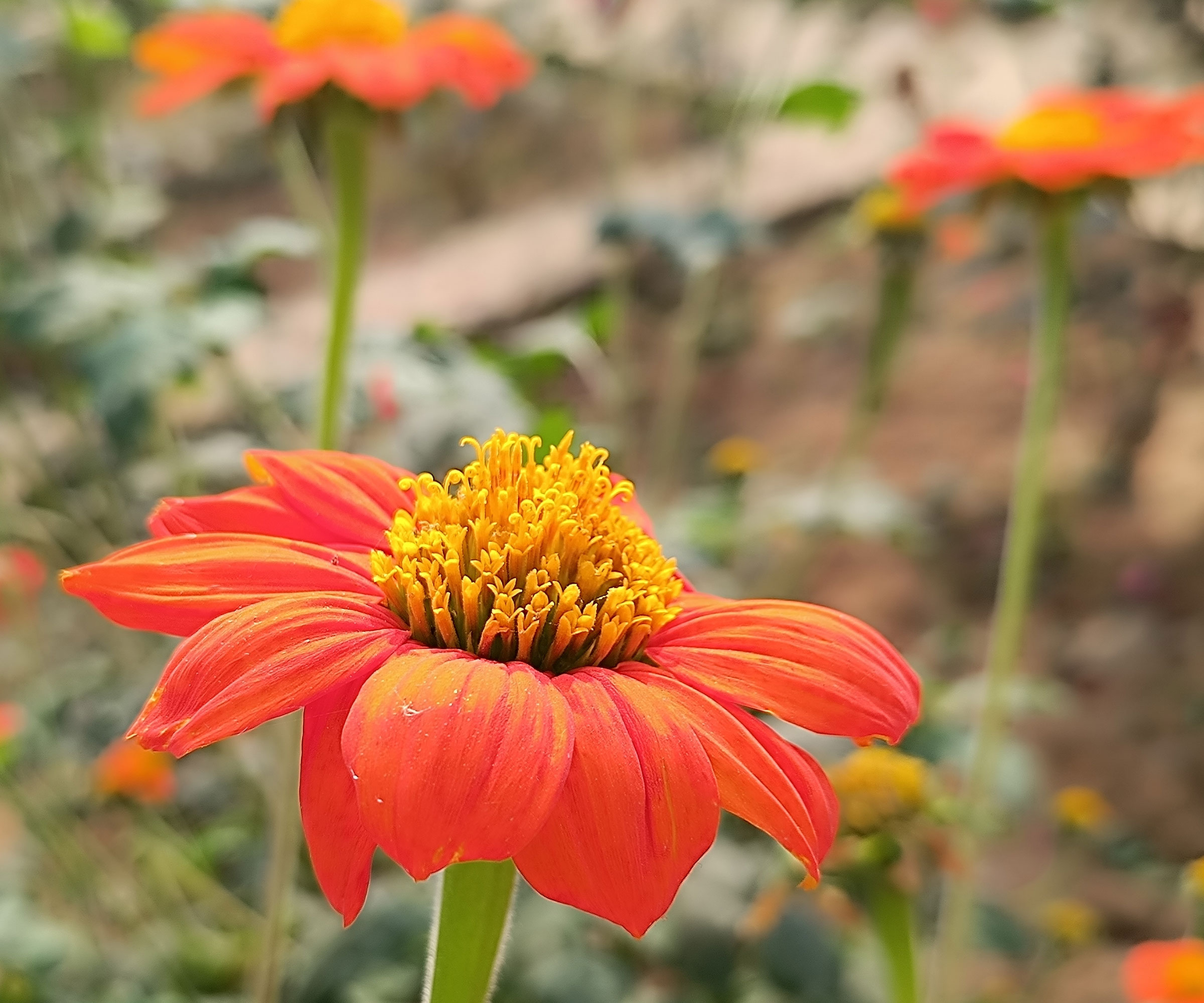
The Mexican sunflower (Tithonia rotundifolia) is a pretty, bright orange annual that does well in drier soils. This means they are ideal for raised beds that drain quickly. Mexican sunflowers need full sun and will provide you with flowers from July through September. There are not many cultivars, but you will often find mixed selections in shades of orange, yellow and red.
Frequently Asked Questions
What is the Cheapest Way to Make Raised Flower Beds?
Easy raised flower beds can be inexpensive to make. The cheapest way to make them is to use materials at hand or that you can source cheaply, like scrap lumber. You can also try upcycling unwanted items in your home and garden, as long as they are strong – and safe.
Pallets, cinder blocks and concrete blocks could all be used. Old bathtubs or sinks and even furniture can be repurposed into effective and unique raised flower beds, if they have good drainage.
What Flowers Grow Best in a Raised Bed?
Easy raised flower bed ideas should include plants that grow best in soil that drains well and has a tendency to dry out. Avoid plants that require standing water or consistent moisture in the soil. Give some thought to natural plant protectors and pollinators. Marigolds, lavender, alliums, bee balm and yarrow are good options.

Mary Ellen Ellis has been gardening for over 20 years. With degrees in Chemistry and Biology, Mary Ellen's specialties are flowers, native plants, and herbs.
-
 Types Of Tomatoes Explained: Explore The Many Wonderful Shapes, Colors, Flavors, & Best Uses
Types Of Tomatoes Explained: Explore The Many Wonderful Shapes, Colors, Flavors, & Best UsesThe world of tomato varieties is vast and fascinating. Learn about the key types to grow in your garden, tailored to your preferences and space.
By Amy Grant
-
 Try The Trend – Turn Any Bed Into A Keyhole Garden With This Clever In-Ground Composter
Try The Trend – Turn Any Bed Into A Keyhole Garden With This Clever In-Ground ComposterKeyhole gardening is an efficient and sustainable practice that saves space. Get started on this DIY project quickly and easily with an in-ground composter.
By Bonnie L. Grant
